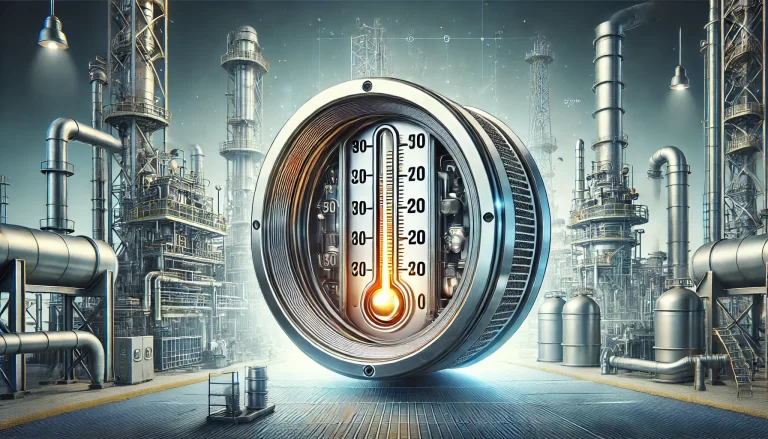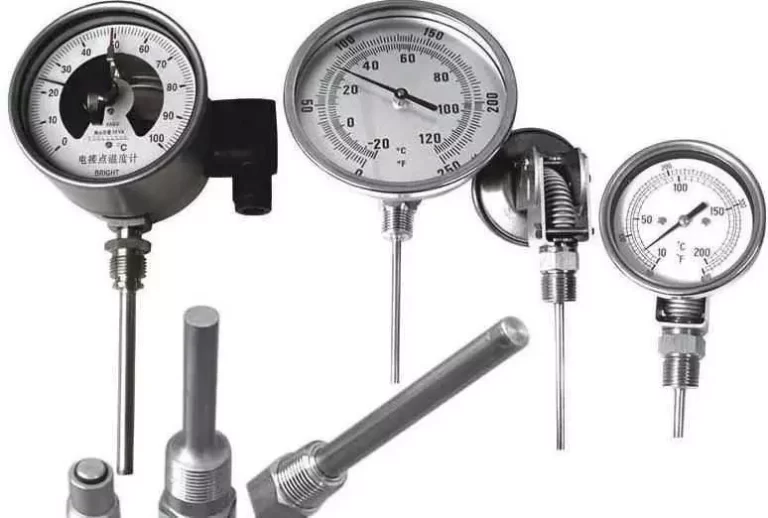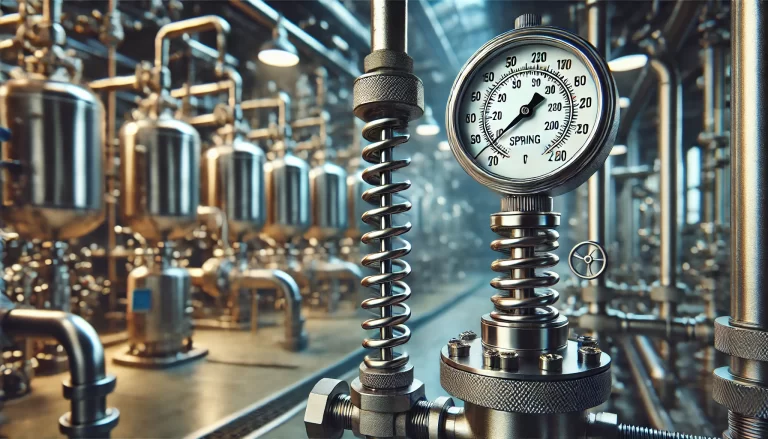Introduction
Bimetallic thermometers are widely used in industrial, scientific, and HVAC applications due to their reliability, simplicity, and ability to function without an external power source. These thermometers operate based on the expansion and contraction of two different metals with different thermal expansion coefficients. One crucial factor that affects their performance is the length of the stem (sensor probe or sensing tube). This article explores how the stem length influences measurement accuracy, response time, and overall performance.
The Role of the Stem in Temperature Measurement
The stem of a bimetallic thermometer houses the bimetallic coil, which reacts to temperature changes by bending or twisting. The accuracy and reliability of temperature measurement depend on how effectively this coil interacts with the medium being measured. The immersion depth and overall length of the stem play critical roles in ensuring accurate temperature readings.

1. Measurement Accuracy
The length of the stem directly influences measurement accuracy in several ways:
Immersion Depth: The sensing element must be sufficiently immersed in the medium to avoid measuring ambient temperature instead of the target medium. If the stem is too short, heat transfer from the surrounding air or container walls may lead to inaccurate readings.
Heat Dissipation: A longer stem allows better heat transfer between the medium and the sensor, reducing heat loss to the environment. Shorter stems can lead to a phenomenon known as stem conduction error, where heat loss to surrounding areas causes inaccurate readings.
Thermal Equilibrium: A longer stem increases the likelihood that the bimetallic coil reaches a stable thermal equilibrium with the medium, reducing fluctuations and improving consistency.

2. Response Time
The response time of a bimetallic thermometer refers to how quickly it reacts to temperature changes. This is influenced by the stem length in the following ways:
Contact Surface Area: A longer stem increases the surface area exposed to the medium, allowing quicker heat exchange and faster response times.
Temperature Gradient: Shorter stems might be influenced by ambient temperature, slowing the response as the bimetallic strip takes longer to adjust to the true temperature of the medium.
Material and Thickness: Besides length, the material and thickness of the stem also play roles in response time, with thinner-walled stems generally responding faster.

3. Suitability for Different Applications
The ideal stem length varies based on the intended application:
Short Stems (Less than 100mm): Suitable for small enclosures, surface measurements, and handheld thermometers. However, they may suffer from ambient heat interference and reduced accuracy in deep mediums.
Medium-Length Stems (100mm – 300mm): Common in industrial applications, including boilers, HVAC systems, and pipelines. They offer a balance between response time and accuracy.
Long Stems (300mm and above): Used in large tanks, deep immersion applications, and high-temperature processes. These provide the most accurate readings by fully immersing the sensor in the medium, but may require additional support to prevent mechanical damage.

4. Installation Considerations
Proper installation ensures that the thermometer performs optimally:
Recommended Immersion Depth: Generally, the sensing portion should be immersed at least 10 times the stem diameter to minimize conduction errors.
Positioning: Avoid placing thermometers near heat sources, air vents, or fluctuating environmental conditions that might distort readings.
Support for Long Stems: In high-vibration or high-pressure environments, additional mounting support may be necessary to prevent bending or breaking.

Conclusion
The stem length of a bimetallic thermometer significantly affects measurement accuracy, response time, and overall efficiency. Selecting the appropriate stem length for the application ensures accurate readings and optimal performance. Short stems may be convenient for surface measurements but can introduce errors in deep immersion scenarios. Medium and long stems provide better accuracy by allowing full immersion and minimizing environmental influences. Proper installation techniques, including sufficient immersion depth and positioning, further enhance measurement reliability. By understanding the relationship between stem length and measurement performance, users can make informed decisions to improve temperature monitoring in various applications.
